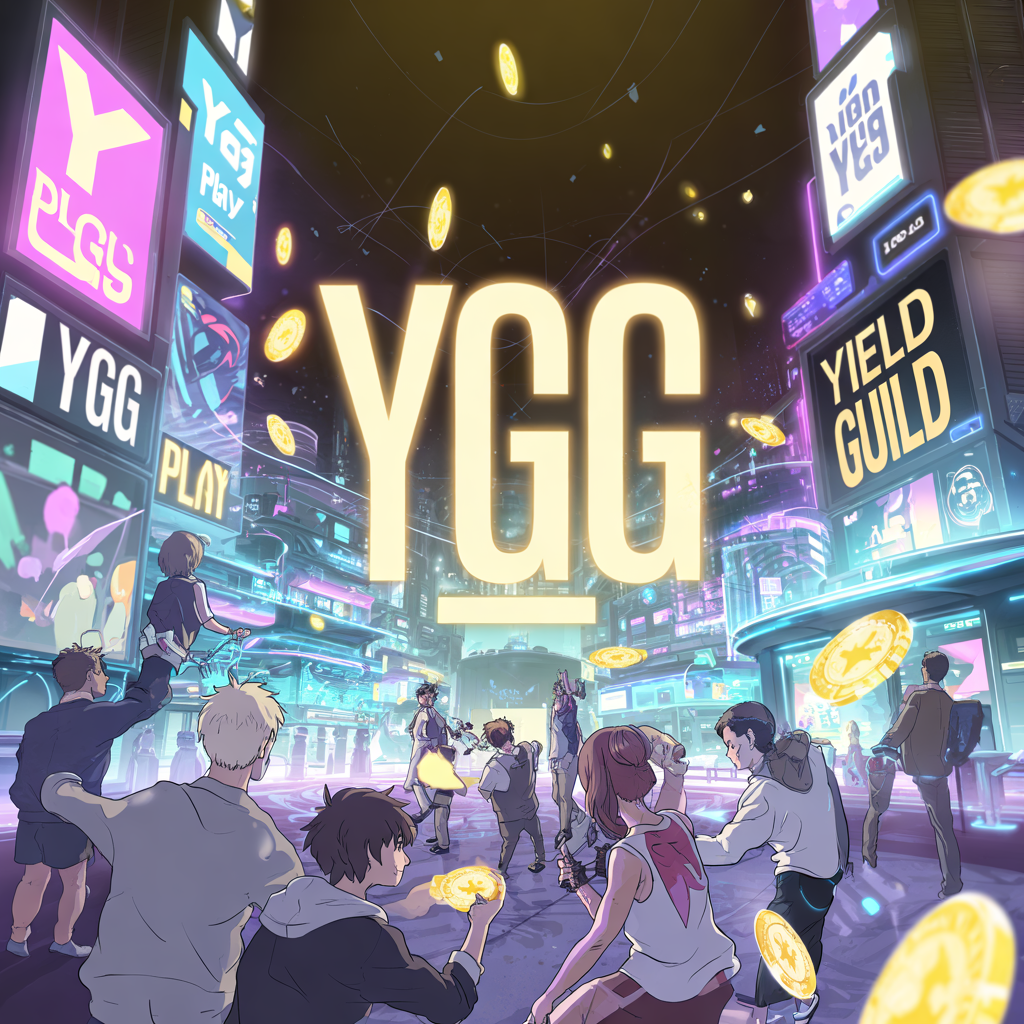
As I delve into the latest developments of YGG, it feels not just like a small wave, but rather a wave that is trying to scale up. As we reflect, let's follow its trail: from the complexity of strategic changes to community testing, and why this is important now.
Recently, YGG emerged in a collaboration that seems simple but carries meaning: they participated in an 'X Spaces' session with OpenSea, discussing the role of their internal division, YGG Play, as well as games like LOL Land that they are now promoting as living proof of their new model. Meanwhile, through YGG Play, they are also collaborating with studios like GIGACHADBAT, a casual web3-based game on the Abstract chain, which offers light gameplay but is directly connected to the YGG token. And no less important: the community headquarters will move to Manila from November 19-22, 2025, for the grand YGG Play Summit event, dubbed the 'City of Play.'
What makes this feel like a “gentle reprimand” from YGG to itself? Because until now they have been known as a guild, game asset renters, player managers, but these steps indicate that they want more than that: to become a publisher, game creator, creator community, and the center of gravity in social web3 gaming. Not just “play and earn” but “create, collaborate, and be part of the decision-making ranks.”
However, of course, this does not mean that all green lights are on without obstacles. One issue that arises is regarding tokenomics, when YGG announced the transfer of a large number of tokens from the treasury to the “Ecosystem Pool,” the community reacted, some saw it as strengthening utility, while others were concerned about its effects on token circulation and price pressure. On the other hand, the surge in YGG trading volume of up to thousands of percent in just a few days indicates that there is significant attention out there, although not necessarily all from active game users.
YGG's current steps feel like “training new muscles” in a body that has been around for a while. Their old “guild” model is still running, but new muscles—publishing, creators, casual games—are strengthening. If you imagine an athlete who has been focused on short-distance sprints, now preparing for a triathlon; it doesn't mean they are leaving sprinting behind, but adding new arms, legs, and endurance.
Going forward, what I will observe closely: how well the new game YGG Play can retain players and activity, not just its initial launch. Because many web3 projects blaze brightly at first, but quickly extinguish. If YGG can maintain a strong casual game, has a clear reward mechanism (see GIGACHADBAT and YGG Redeem integration), and an active creator community generating content, that could be a bridge to broader adoption.
With all this, I feel that YGG is not just waiting for a wave; they are trying to create their own wave. And this is interesting because if successful, not only will YGG benefit, but the entire web3 game ecosystem could see a more practical blueprint: guild → publisher → creator community → game - utility token.
But of course: the road is still long, and risks remain. The GameFi market is still full of challenges. Whatever happens, YGG is now worth watching not just because of “how many players it has,” but because of “how they move.”

